Designing in Delhi
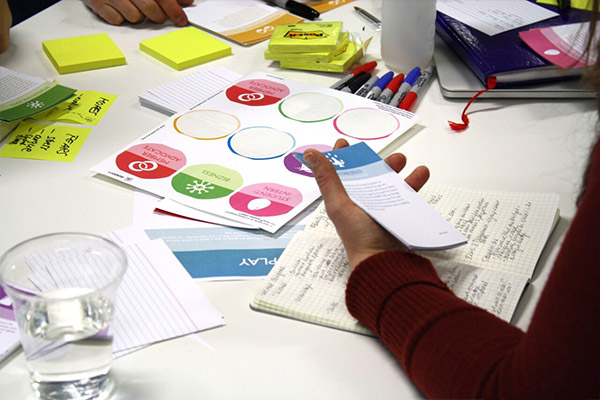
Designing is the realization of a concept to an actual electronic or physical form. It not only achieves the purpose of the original idea but is also aesthetically pleasing or commercially viable or sound from an engineering point of view or combines another feature or simple to interact or add another feature which enhances the usability of the concept.
Methods of designing
Design methods is a wide area that focuses on:
- Exploring possibilities and constraints by concentrating critical thinking skills to research and define problem spaces for existing products or services.
- Redefining the requirements of design solutions which can drive to better guidelines for traditional design activities (graphic, industrial, architectural, etc.);
- Managing the process of exploring, defining, creating artifacts frequently over time
- Modelling probable situations, or solutions that incrementally or significantly enhance the inherited situation
- Trendspotting; knowing the trend process.
Three types of design
Product Design
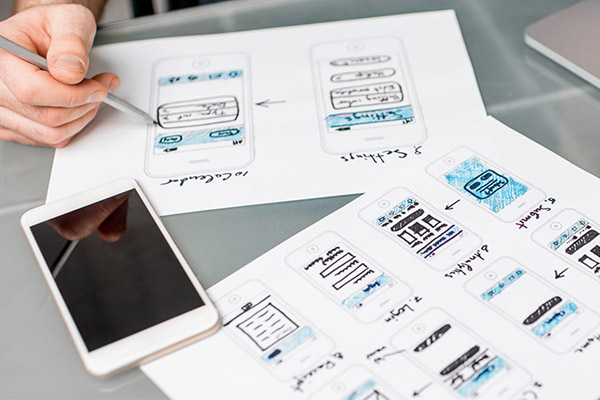
The intent of product design is to generate and prioritize functionality that could potentially deliver value to users in correspondence with the product’s stated purpose or to modify that stated purpose when no such functionality has sufficient potential.
A product designer spends their time largely thinking about user flows and experiences, which is to say, how users ought to encounter the product at various points in their lifecycles, what they are allowed to do upon those meetings, and how that enablement provides users with additional value.
Interface Design
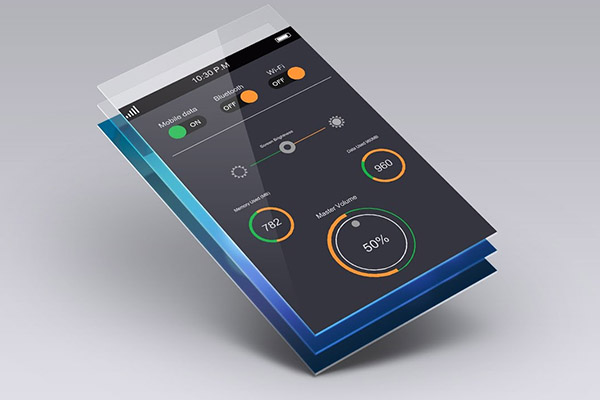
The goal of interface design is to translate the conceptual functionality carried by the product designer and articulate how the user actually experiences and manages to understand that functionality in the product, on a step-by-step basis.
If the product is a website, the centre is on arranging and defining various elements on each page that provides the user with information and input. If the product is a mobile application, then the means is screen-by-screen, and if physical, its available materials.
Visual Design
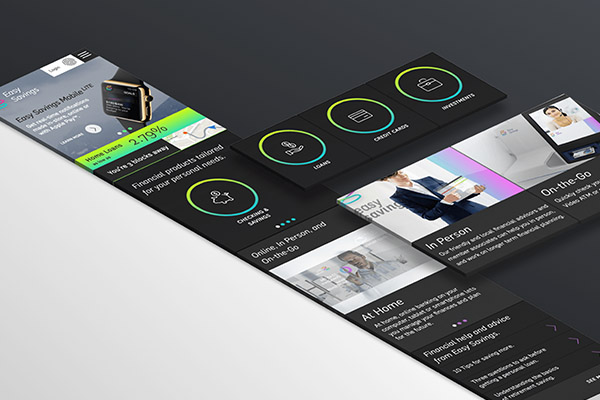
The goal of the visual design is to warrant that the product conveys a sense of quality and elicits the proper emotional response from its users.
Visual design is the most artistic and subjective design type, but it’s also the most immediately recognizable one. While visual designers take their suggestions from product and interface designers, they are responsible for crafting and delivering an ethos for the product. They spend utmost of their time creating interface elements both attractive and properly toned so as to reinforce the purpose and value of the product for users and a real visual designer understands how to make a product pleasurable without making assets that are overly conspicuous.
The importance of design
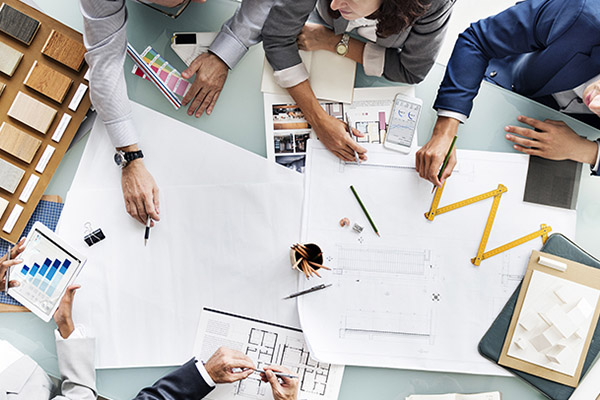
- “Design is the high-grade way to get from A to B when you don’t yet know what B is. It’s that simple and people who want to be able to lead change at that primary level should look to design as a process (it’s not just design thinking, don’t get me started on that). The design is perceiving and then making experiences and things that delight and attract people to them.”
- The design is about creating a supposed order. Its importance lies in making the human condition of living more engaging, more convenient, more easily understood, simpler and easier.








